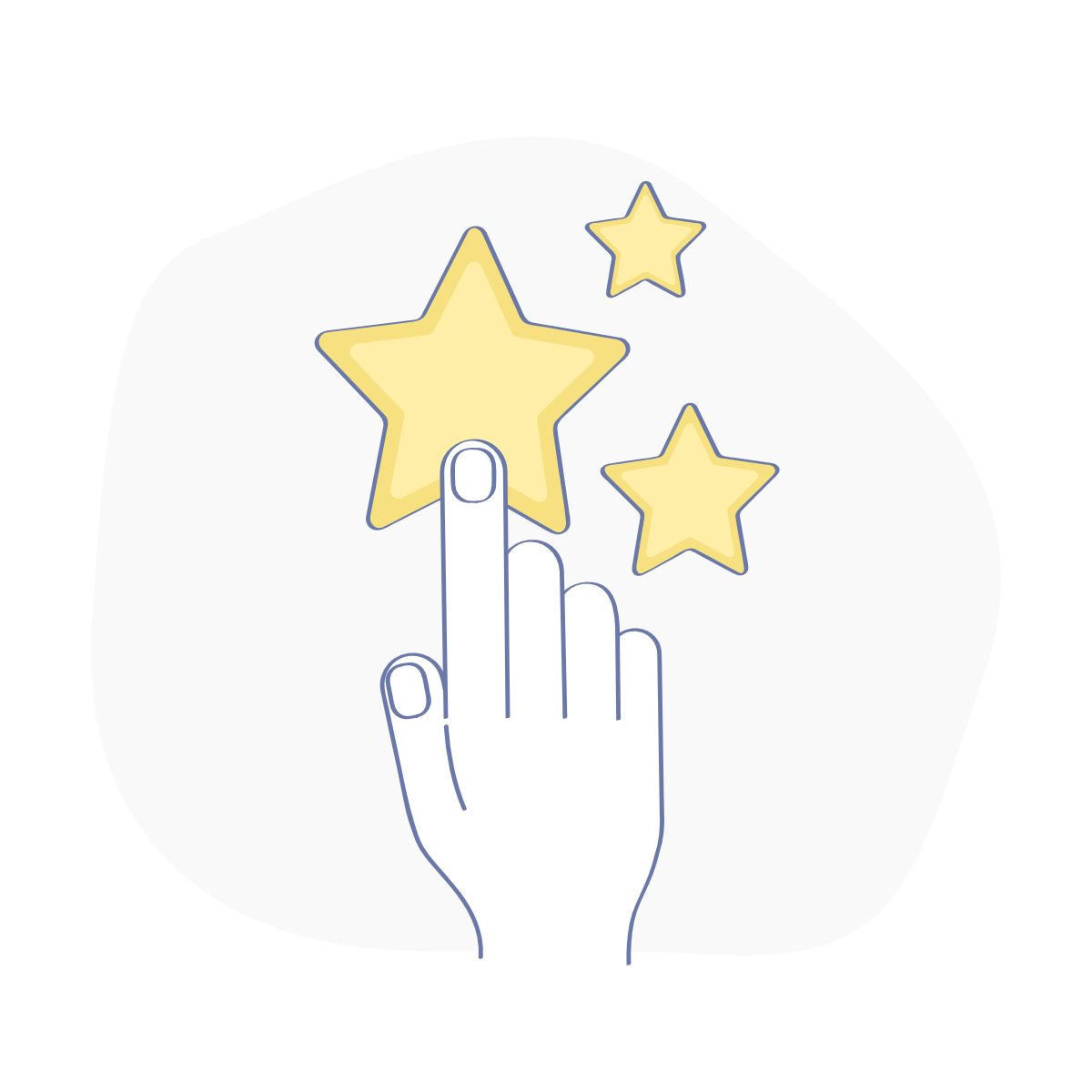Your Brand Professional Logo Design"
Chapter 1: T-Shirt Logo DesignT-shirt logo design is a powerful way to express ideas, promote brands, and connect with audiences. A well-designed T-shirt logo can transform a simple piece of clothing into a statement.Understanding the Basics:The foundation of a great T-shirt logo lies in understanding the audience and purpose. Whether it’s for a sports team, a company event, or a personal project, the design must resonate with its intended wearers.Key Elements:
- Simplicity: A T-shirt logo should be easily recognizable and not overly complicated.
- Scalability: The design must look good both in small and large sizes.
- Color Considerations: Choose colors that stand out and complement the fabric of the T-shirt.
- Typography: If text is included, it should be legible and align with the design’s tone.
Design Process:
- Research: Understand the market and gather inspiration.
- Sketching: Start with rough sketches to brainstorm ideas.
- Digital Design: Use software like Adobe Illustrator to create a vector version of the logo.
- Feedback: Gather input from others and make necessary revisions.
- Finalization: Prepare the design for printing, ensuring all details are perfect.
Chapter 2: Minimalistic Logo DesignMinimalism in logo design is about conveying the core message with simplicity and elegance. This style is characterized by the use of basic shapes, limited color palettes, and minimal elements.Why Minimalism Works:Minimalistic logos are versatile, memorable, and timeless. They can easily adapt to different mediums and are often more recognizable.Key Principles:
- Simplicity: Focus on the essential elements that convey the brand message.
- Clarity: Ensure the logo is clear and easily understood.
- Versatility: The design should work well in various contexts, from business cards to billboards.
- Timelessness: Avoid trends that may quickly become outdated.
Creating a Minimalistic Logo:
- Conceptualization: Begin with a strong idea that encapsulates the brand’s essence.
- Design Elements: Use geometric shapes and clean lines to create the logo.
- Color Palette: Stick to one or two colors to maintain simplicity.
- Typography: Choose a simple, clean font if text is included.
- Iteration: Refine the design through multiple iterations, focusing on reducing unnecessary elements.
Chapter 3: Typography Logo DesignTypography logos rely on text to convey a brand’s identity. The choice of font, arrangement, and style of the text can create a distinctive and memorable logo.The Power of Typography:Typography can evoke emotions, convey professionalism, and create a unique brand identity. A well-chosen typeface can speak volumes about the brand.Key Elements:
- Font Choice: Select a font that reflects the brand’s personality.
- Kerning: Adjust the spacing between letters for optimal readability.
- Alignment: Ensure the text is aligned in a way that enhances the overall design.
- Color: Use color to highlight and differentiate parts of the text.
Design Process:
- Brand Analysis: Understand the brand’s values and message.
- Font Exploration: Experiment with different fonts and styles.
- Customization: Modify the font if necessary to create a unique look.
- Composition: Arrange the text in a balanced and aesthetically pleasing manner.
- Final Touches: Add colors and finalize the design for various uses.
Chapter 4: Flyer DesignFlyers are an effective way to promote events, products, or services. They need to grab attention quickly and convey the essential information concisely.Elements of an Effective Flyer:
- Headline: A catchy headline to draw attention.
- Visuals: Use images or graphics to make the flyer visually appealing.
- Information: Provide clear and concise information about the event or offer.
- Call to Action: Encourage the reader to take a specific action, such as visiting a website or attending an event.
Design Tips:
- Balance: Ensure a good balance between text and images.
- Hierarchy: Use size, color, and placement to create a visual hierarchy.
- Readability: Choose legible fonts and avoid clutter.
- Color Scheme: Use colors that align with the brand and catch the eye.
Chapter 5: Poster DesignPosters are similar to flyers but are typically larger and used for different purposes, such as advertising, decorating, or informing.Key Elements:
- Visual Impact: Posters should have strong visuals to attract attention from a distance.
- Message: Clearly convey the intended message or information.
- Design Composition: Arrange elements in a balanced and visually appealing way.
Design Process:
- Objective: Define the purpose of the poster.
- Concept: Develop a concept that aligns with the objective.
- Layout: Sketch the layout, focusing on the arrangement of text and visuals.
- Digital Design: Create the poster using design software.
- Review: Get feedback and make necessary adjustments.
Chapter 6: Company BrandingCompany branding encompasses all aspects of a brand’s identity, from logos and colors to messaging and tone. It’s about creating a consistent and recognizable image.Components of Branding:
- Logo: The visual cornerstone of the brand.
- Color Palette: A set of colors that represent the brand.
- Typography: Consistent fonts used across all materials.
- Voice and Tone: The style of communication used by the brand.
Creating a Strong Brand:
- Research: Understand the market, competitors, and target audience.
- Identity Development: Create a logo, choose colors, and define typography.
- Brand Guidelines: Develop guidelines to ensure consistency across all materials.
- Implementation: Apply the branding to all touchpoints, from websites to packaging.
Chapter 7: Business Card DesignBusiness cards are essential for networking and leaving a lasting impression. They need to be professional and reflect the brand’s identity.Key Elements:
- Logo: Include the company logo prominently.
- Contact Information: Provide essential contact details.
- Design: Ensure the design is clean and professional.
Design Tips:
- Simplicity: Keep the design simple and uncluttered.
- Readability: Use legible fonts and sizes.
- Brand Consistency: Ensure the design aligns with the brand’s identity.
- Quality: Use high-quality materials for printing.
